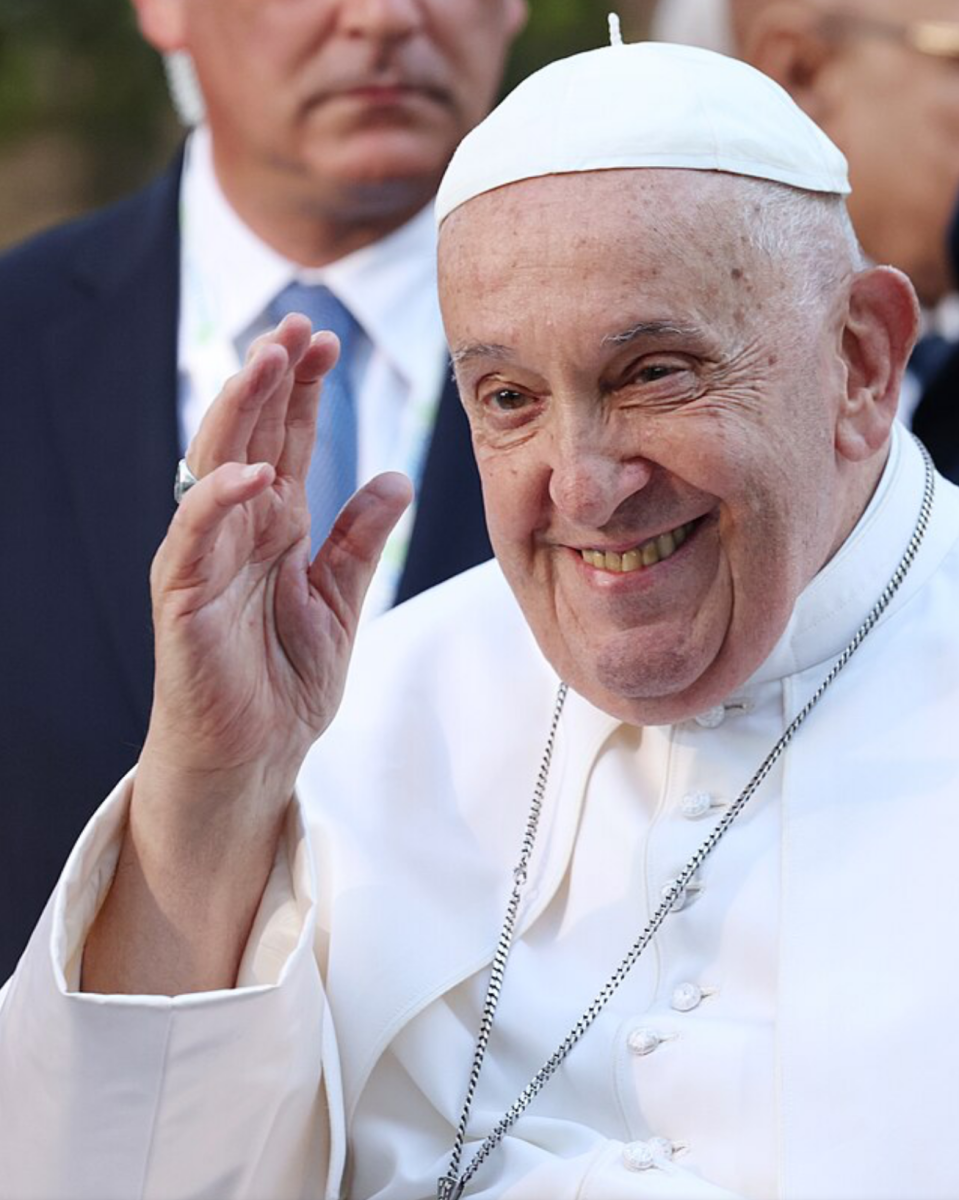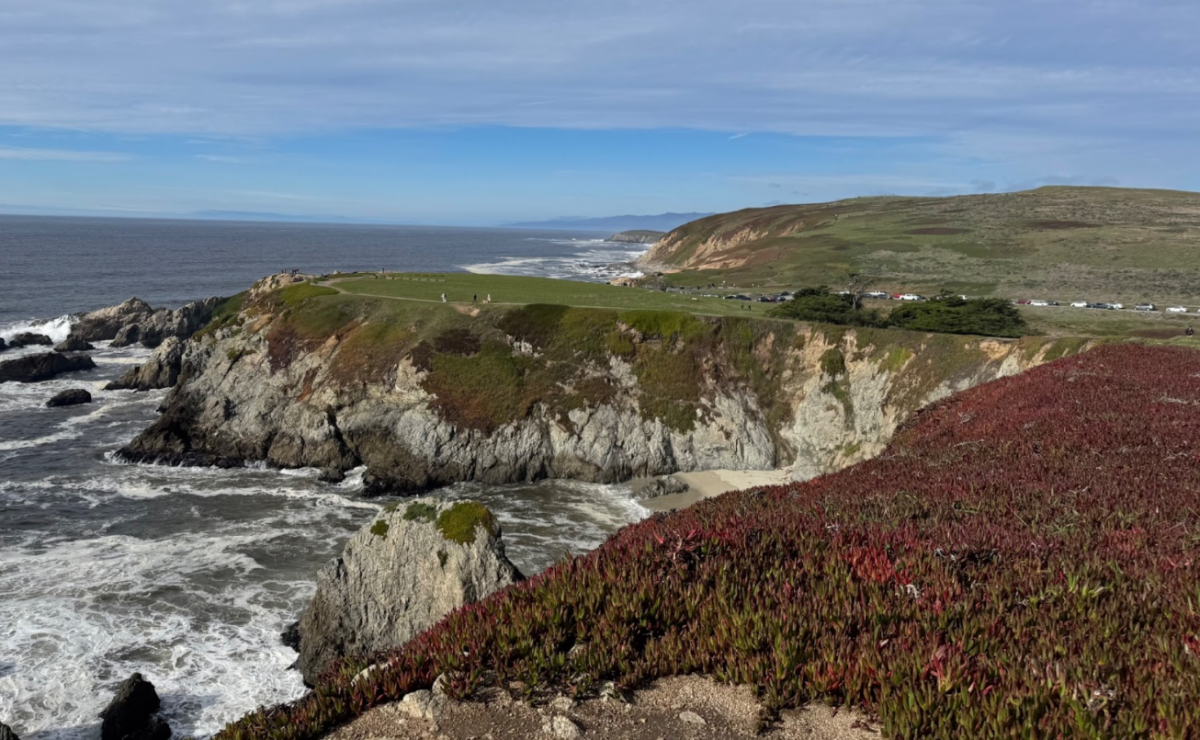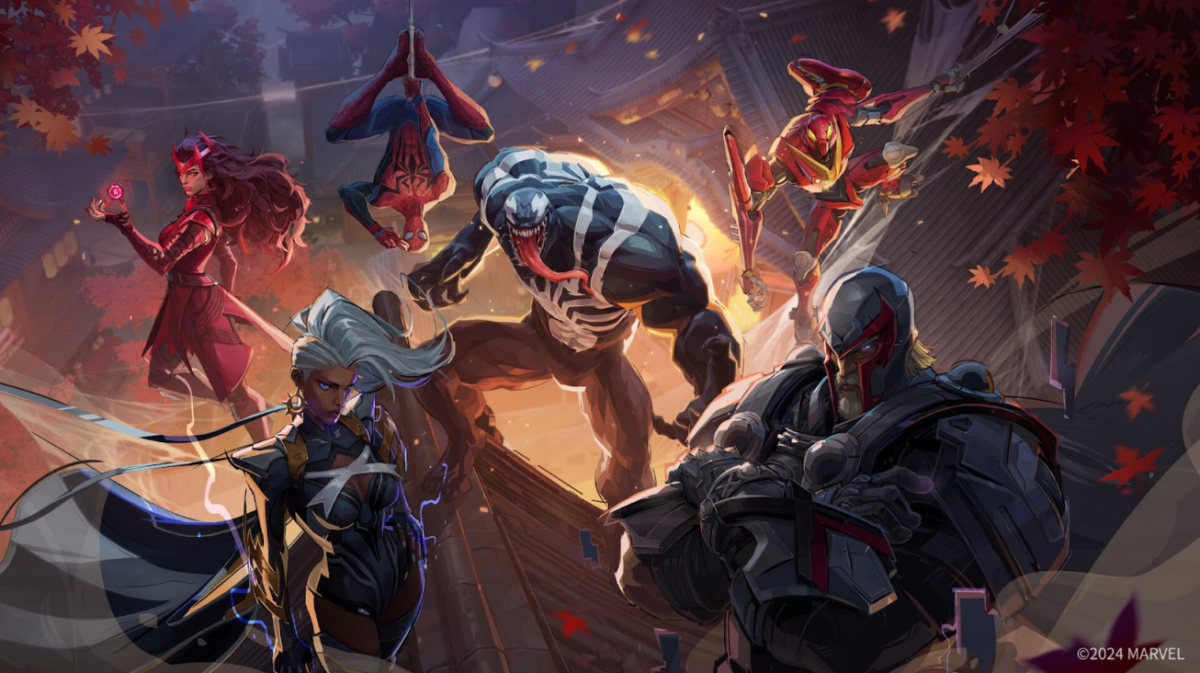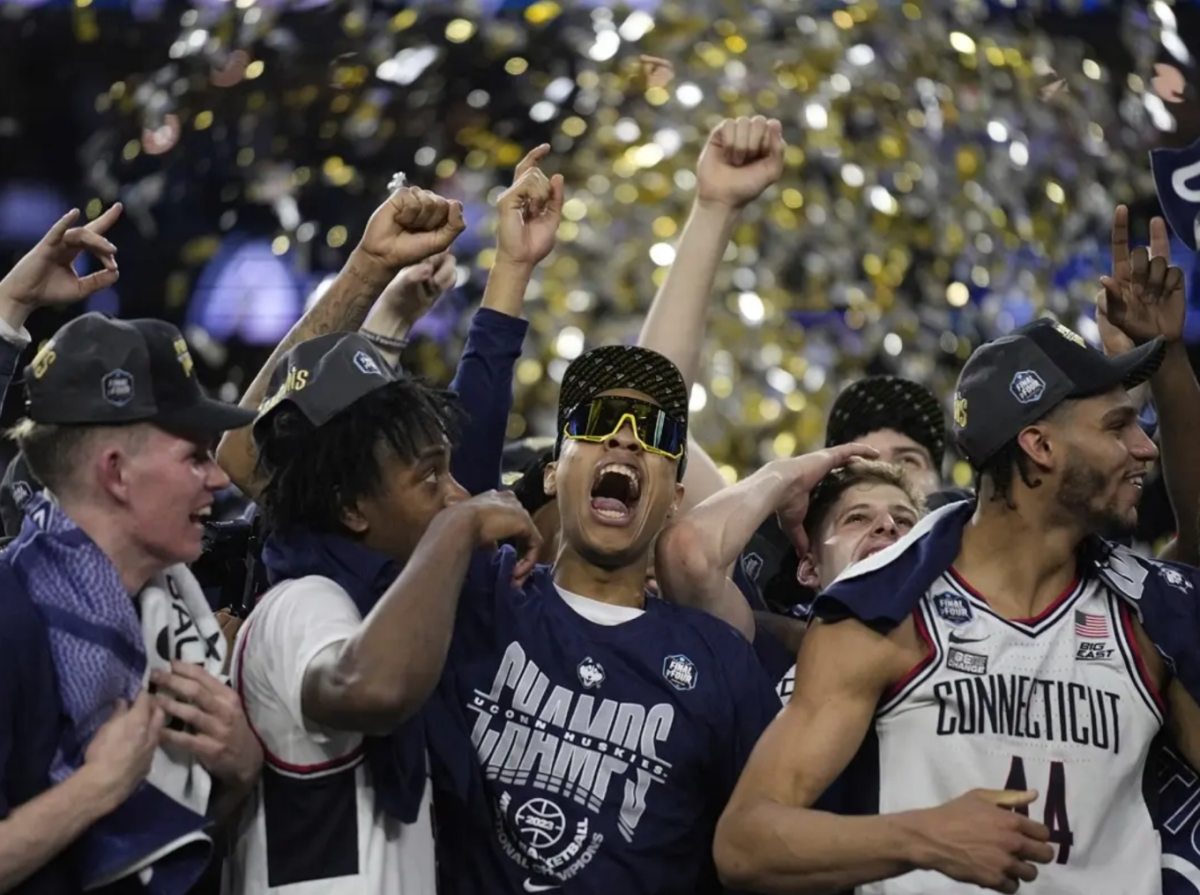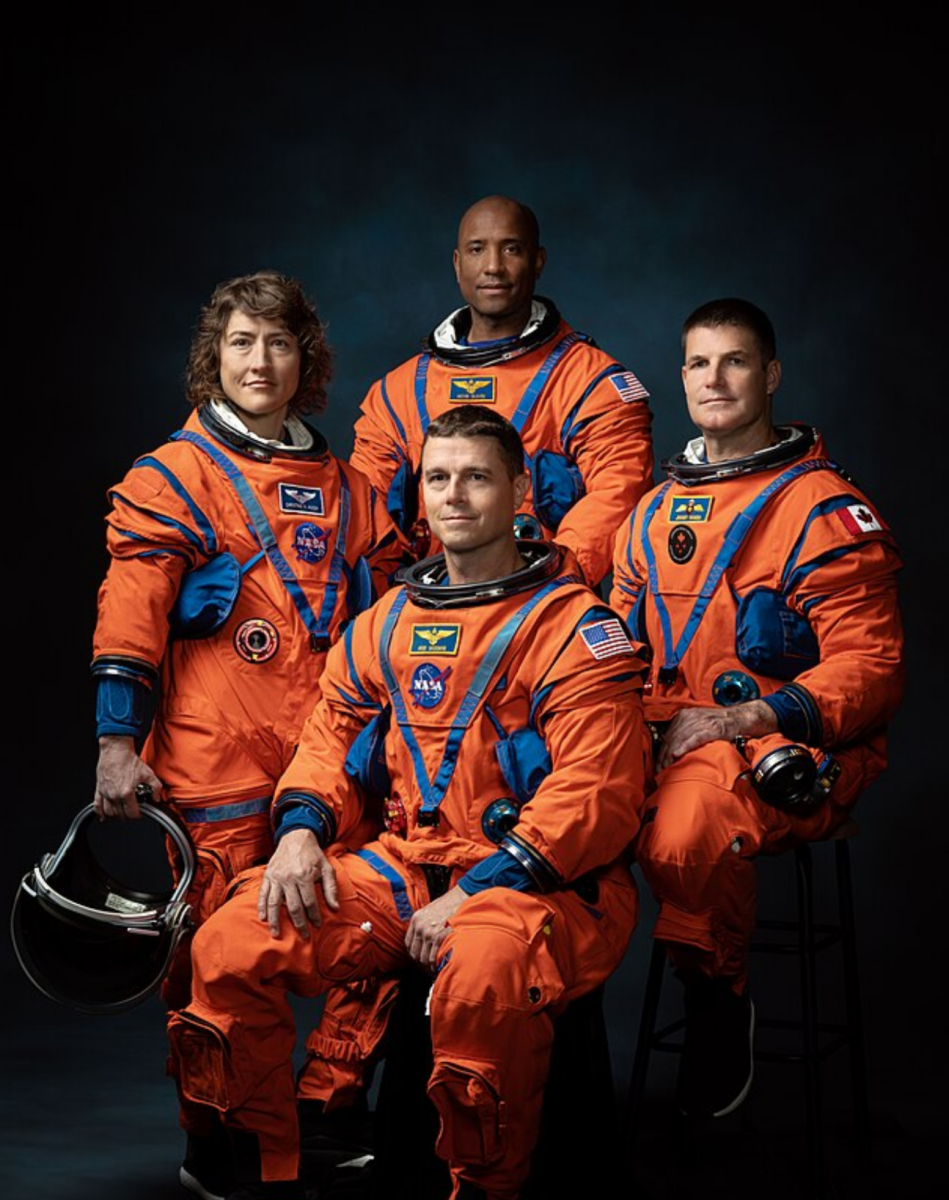On Jan. 6, 2025, Canadian Prime Minister Justin Trudeau announced his resignation. Elected in 2015 to widespread acclaim, Trudeau and his government faced plummeting support levels throughout 2024 and into 2025. The government’s popular decline has been due to a multitude of issues, including the cost-of-living crisis and Trudeau’s lax stance on immigration. In December, Deputy Prime Minister Chrystia Freeland resigned from the Cabinet in protest of several of Trudeau’s fiscal plans, leading to his support dropping even lower. Freeland’s resignation proved to be the straw that broke the camel’s back, and Prime Minister Trudeau finally gave in to the growing calls for him to resign.
The Canadian government works through a different system than the American government does. In the United States, both chambers of Congress are elected through popular vote. In Canada, however, only the lower chamber—the House of Commons—is elected through popular vote, while the upper chamber—the Canadian Senate—has members appointed by the national government. The House of Commons (also known simply as “the House”) and the Senate make up Canada’s Parliament, which is essentially the Canadian equivalent of Congress. A member of the House is generally referred to as an MP.
America has a president who is indirectly elected every four years. The U.S. president is generally part of a political party but doesn’t have any direct control over the party’s members in Congress. The Canadian equivalent of president, prime minister, is the leader of the party in Parliament with the most members. For example, until his resignation, Trudeau was the leader of the Liberal Party, which currently holds the most seats in Parliament. Canada’s prime ministers are not elected on a strict four-year schedule; rather, the prime minister is decided whenever a federal election happens.
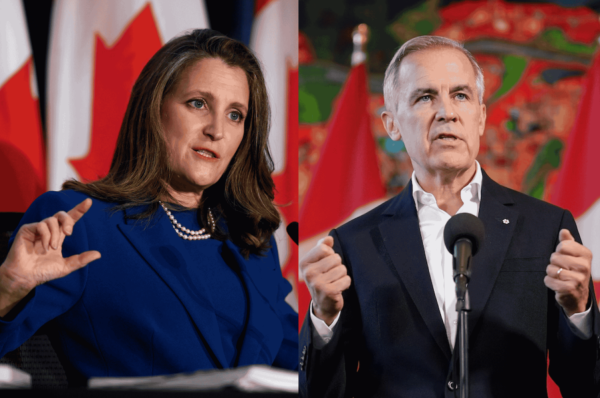
Federal elections must happen at least once every five years but usually happen more often, because prime ministers can call an early election. This is done either because the prime minister thinks that their party can win more MPs (and thus more power) in the election, or because a vote of no confidence has been held. Votes of no confidence are held on rare occasion: whenever the Parliament thinks the prime minister and their government are not fit to hold office anymore, they vote to see if Parliament has no confidence in the government. If a vote of no confidence succeeds, the prime minister must resign and a federal election is held.
A vote of no confidence is a very likely potential for Canada’s future. When Trudeau resigned, he dissolved Parliament until March 24. When Parliament is dissolved, meetings are not held, and nothing is voted on. Trudeau did this to give the Liberal Party time to choose his successor. The leaders of all opposition parties have stated that they would support a vote of no confidence once Parliament reconvenes, including Leader of the Conservative Party Pierre Poilievre and Leader of the New Democratic Party Jagmeet Singh.
On March 9, 2025, Trudeau’s successor as Liberal Party leader will be decided. A French language debate occurred between the four candidates on Feb. 25, and an English language debate occurred on Feb. 26. Of these four candidates, two have been recognized as by far the most likely to win. The first is former Deputy Prime Minister Freeland, who, as mentioned before, resigned from the Trudeau Cabinet over serious disagreements. Freeland is well-known across the nation, but some believe that her close connections with the Trudeau administration may hamper her attempts at maintaining a Liberal Party lead in the event of an election. Because of this, Freeland has spent much of her campaign distancing herself from Trudeau, criticizing several of his financial policies and his response to U.S. President Donald Trump’s tariffs.
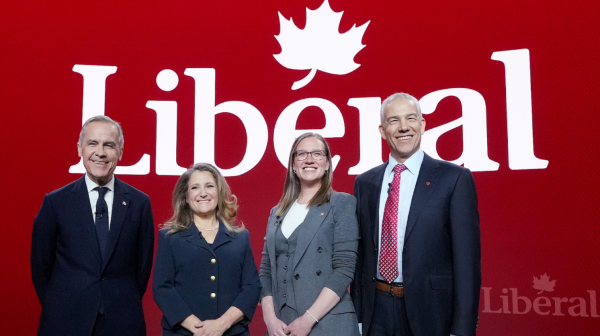
Mark Carney is the other main contender for party leadership. Previously the Governor of the Bank of Canada and later the Governor of the Bank of England, Carney is popular among many Canadians for his strong economic leadership and his proposed plans regarding Trump’s tariffs.
In a surprising report from the independent agency Elections Canada, it was revealed that Carney is leading the other candidates by a massive margin when it comes to funding. Carney has received over 1.9 million Canadian dollars from over 2,000 donors, while the rest have seen less than $300,000 each. In a shocking upset, Freeland was beat out in donations by another candidate, Karina Gould, causing many to wonder whether Freeland’s campaign will be able to sustain itself. However, Freeland has stated that the Elections Canada report is misleading, and that she has actually received around $600,000—a figure that still pales in comparison to Carney’s donations.
With Carney being the clear forerunner in the Liberal Party leadership race, it seems imminent that he becomes Canada’s next prime minister—but probably not for long. If the opposition parties do indeed stage a vote of no confidence, as they have pledged to do, Carney (or whoever wins the leadership election) will have to face difficult odds.
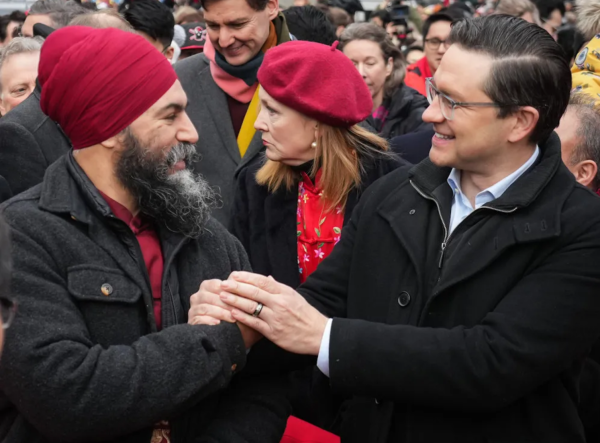
However, difficult does not mean impossible. In the two months since Trudeau announced his resignation, the Conservative Party dominated polls as it had been doing for an entire year prior. But starting in late February, the Liberals have begun to make a stunning comeback. Projections on Jan. 30 showed the Conservatives having over a 99 percent chance of winning. Projections on Feb. 17 showed this same number. But less than a week later, they had dropped to 95 percent. For the first time since January 2024, the Conservative Party has had a slim-but-genuine possibility of losing an election, and that possibility is only growing as time goes on.
Does the chance of losing mean that the Conservatives will decide not to hold a vote of no confidence? Almost definitely not: even if they don’t win outright, they will certainly make huge gains. But as the events of March begin to unfold and the Liberals recover from the explosive ending to the Trudeau administration, it remains to be seen whether a change in government is in store for Canada.


